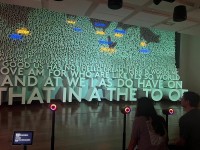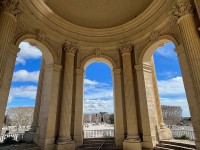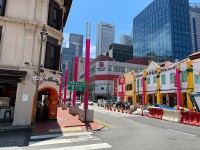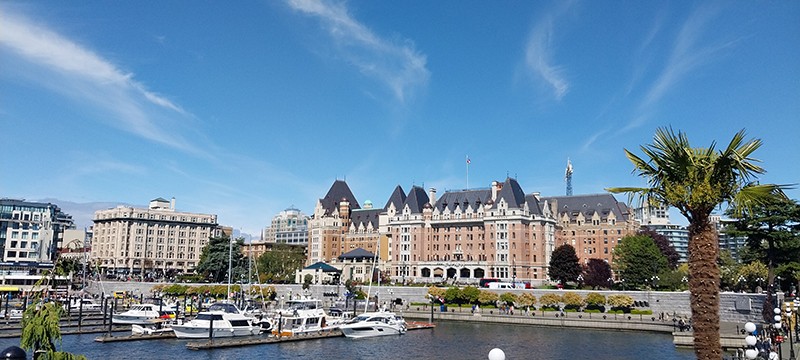 Victoria
Victoria
Shades of Victorian times
Victoria, capital of British Columbia in Canada, retains a Victorian ambience in its architecture but also is a modern city, discovers Ranjita Biswas
Victoria, capital of British Columbia, an island in western Canada, is actually situated on Vancouver Island, a nugget of information that I absorbed as our driver cum guide Senan Magennis rattled off, among many of his well-researched running commentary.
I was among the bus-full of visitors from Vancouver to Victoria which also included ferry travel of one and half hours. Now the buses and cars were waiting at the Tsawwassen terminal to be loaded on ‘The Spirit of British Columbia’ of the BC Ferries company, one of the largest in the world, which can hold 470 vehicles, including buses and trucks, and around 2,100 passengers at one go. There are also restaurants and cafes on the decks for the hungry and thirsty.
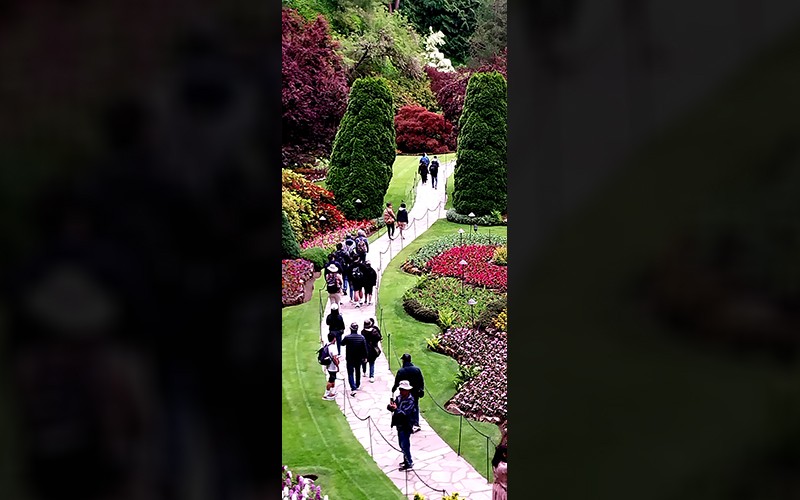
We were in a region once known as beaver country. Early settlers bartered beaver pelts, highly prized in Europe, with indigenous tribes (now called First Nation people). The biggest trading company in colonial time Canada, Hudson’s Bay Company (think East India Company in our part of the world) erected a trading post in 1843 then known as Camosack (rush of water). It introduced ‘Made Beaver’ tokens in 1857 as the first coin currency in western Canada to pay for the furs. The post was later renamed Fort Victoria in honour of Queen Victoria.
Though a part of the cold Canada, Victoria has a mild climate thanks to the ocean currents. Snow is hardly experienced, perhaps twice or thrice a year, Senan informed. A reason why it has a considerable population of retirees setting up home here (however, you never know what climate change is going to do to it with Europe sometimes getting hotter than India in summer these days).
Victoria’s salubrious climate encourages a green cover and miles of pristine roadways and land making it a centre for outdoor sports. Sports like cycling are very popular and often enthusiasts from Vancouver take the ferry to enjoy riding unencumbered by crowds and busy streets.
Whale watching is another big attraction. Many of us hoped to get a glimpse of the big animal from the ferry, or dolphin at least, on the Salish Bay, but no luck! However, there are special boat trips for whale-watchers from Victoria’s harbour.
One of the highlights of the Victoria trip was visiting the Butchart Gardens, long in my bucket list. To think that the famed garden grew out of an abandoned lime quarry!
Butchart is spread over 55 acres of vivid floral displays, plus statuary, water features and a carousel, and is one of many formal gardens in the city. It receives over a million visitors annually and is now designated as a National Historic Site of Canada.
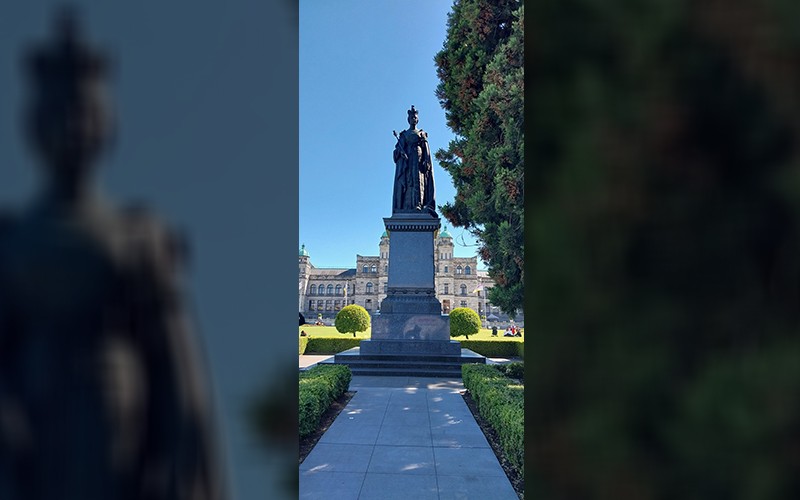
Walking through the lanes skirted by myriad blooms in every colour imaginable, and with trees in shady greens and ochres, you wonder if it should be called the garden of Eden. Only a lover of plants and flowers could give shape to such a tribute to nature.
Robert Butchart began manufacturing cement in 1888 in Ontario. With his wife Jennie he moved to the west coast because of its rich limestone deposits necessary for cement production. In 1904, they set up home near his quarry on Tod Inlet calling it ‘Benvenuto’ (welcome in Italian).
As cement production exhausted the limestone deposits, Jennie Butchart began transferring top soil by horse and cart and the quarry blossomed into today’s enviable Sunken Garden.
Between 1906 and 1929, the Butcharts expanded the garden, designing the Japanese Garden on the seaside, replacing their tennis courts with the Italian Garden and kitchen garden with the fragrant Rose Garden.
Two Totem Poles carved in Classic Coast Salish style were put up in 2004 to celebrate the garden’s 100th anniversary and also in recognition of the rich cultural heritage provided by First Nation people.
‘Garden City’ Victoria does take gardening seriously. For the record, it has an annual flower count. In 2024, so far, its audit shows 38,031,937,388 blooms!
Victoria thrives on its waterfront, its downtown, circling the inner harbour. On the blue water under the bright sun bobbed tiny ferries, seaplanes and whale-watching boats. Reigning over it was the elegant 1908 Empress Hotel, Canada’s ‘castle on the coast’ in a chateau-style architecture. It was built to cater to the gentry by the Canadian Pacific Railway company in boom-time Victoria.
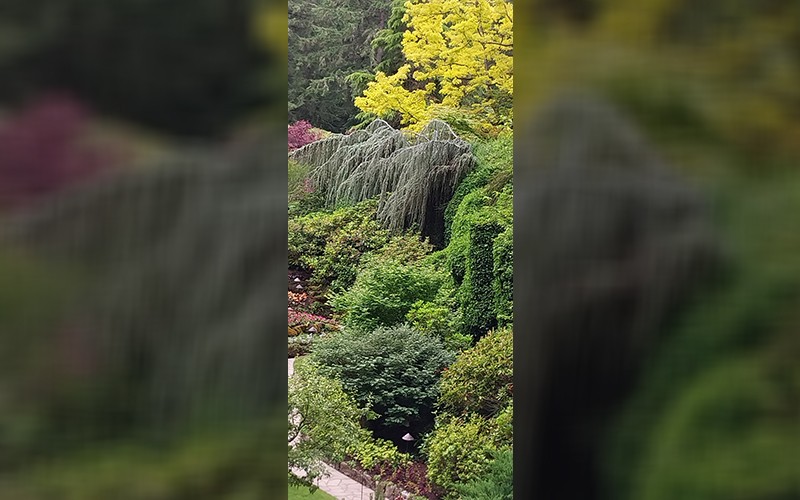
Celebrities like Hollywood star Shirley Temple, kings and queens, and political bigwigs from North America often stayed at this hotel. Architect Francis Rattenbury also designed the Parliament building round the corner with Queen Victoria statue in front looking on benignly, perhaps musing on ‘the empire on which the sun never sets’, never imagining how the world would change in subsequent years.
These two buildings are among the historic buildings retained and recognised for their place in the socio-cultural history of Victoria.
Excellent seafood eateries and traditional pubs cluster around Wharf Street and Bastion Square on the harbour bank. I tried a perfectly grilled succulent salmon.
An elaborate red-and-gold gate marks the entrance to Chinatown but we did not have time to explore. A great many Chinese came here to work for ship building and also during the gold rush. Their descendants settled down here and today British Columbia has one of the highest concentrations of Chinese origin people in Canada.
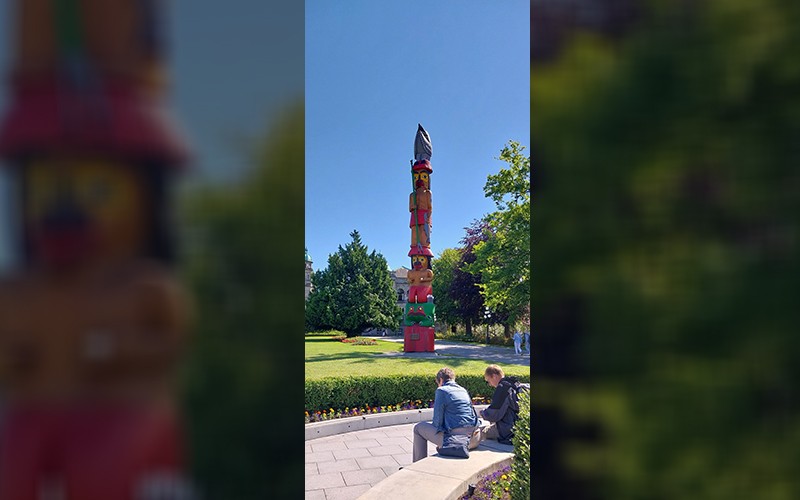
On the way back we crossed Beacon Hill Park where the Terry Fox statue stands. At a young age the athlete had to amputate his right leg due to cancer. It convinced him to launch a mission to draw attention to the plight of other cancer sufferers. Defying then-conventional assumptions about people with missing legs, Terry announced in 1980 that he would run across Canada, over 4,500 miles, in his ‘Marathon of Hope’ to create awareness.
But cancer felled him by the time he finished two-thirds of the way. Meanwhile he had raised millions, and the contributions continue, devoted to cancer research. His statue stands at the ‘Mile Zero’ that he never reached, and his sneakers are enshrined in a shoe museum in Toronto.
Indeed, in Terry’s own words, ‘Dreams are made possible if you try.’
(Photos by the author )
Top Headlines
-
Travel
Egypt returns to IFTM Paris 2025 with new travel experiences
September 25, 2025
-
Travel
Royal Sonesta Chicago Downtown: A frontrow river view and urban comfort in the windy citys heart
August 17, 2025
-
Travel
Sri Lanka: Arching to the sky
August 14, 2025
-
Travel
Hotel AKA Washington Circle: 'Residential luxury' close to DC's beating heart
June 24, 2025
-
Travel
Sri Lanka: An offbeat itinerary in a destination for all seasons
May 23, 2025
-
Travel
In crust you trust: Pizzeria Paradiso in Washington DCs Georgetown is mood-lifter
April 18, 2025
-
Travel
Washington DC: Cherry Blossom Rush
April 04, 2025
-
Travel
Take a vibrant journey at Chicago's 'The Orchid Show: India Blooms'
February 10, 2025
-
Travel
Take a vibrant journey at Chicago's 'The Orchid Show: India Blooms'
February 10, 2025
-
Travel
Pompeii: Lying under the ashes
November 19, 2024



